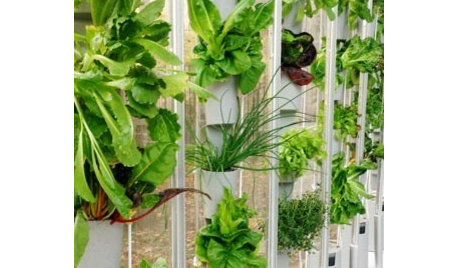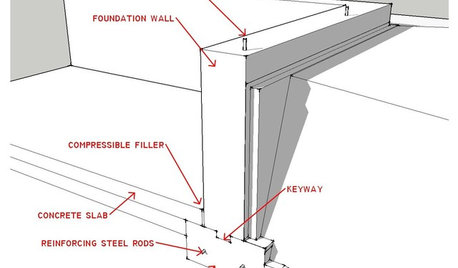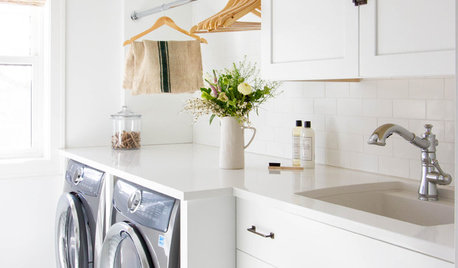Reservoir float valve with cycled system?
bogaat
13 years ago
Related Stories

PRODUCT PICKSGuest Picks: High-Tech Plant Helpers
Hydroponics, monitoring systems, even an electric pollinator ... these gadgets and services keep your greenery growing strong
Full Story
ARCHITECTUREKnow Your House: What Makes Up a Home's Foundation
Learn the components of a common foundation and their purpose to ensure a strong and stable house for years to come
Full Story
GREEN BUILDINGHow to Harvest Rainwater for Your Garden
Conserve a vital resource and save money by collecting stormwater for irrigation in a barrel or tank
Full Story
HOUSEKEEPINGWhat's That Sound? 9 Home Noises and How to Fix Them
Bumps and thumps might be driving you crazy, but they also might mean big trouble. We give you the lowdown and which pro to call for help
Full Story
SAVING WATER6 Reasons Why You Should Save Your Rainwater Now
Collect and store during the rainy season so you’ll have water ready for irrigation when you need it
Full Story
HOUZZ TVHouzz TV: How to Install a Rain Barrel
This DIY tutorial shows how easy it can be to capture rainwater from your roof to use in your garden later
Full Story
FARM YOUR YARDHow to Grow Vegetables in Containers
Get glorious vegetables and fruits on your patio with a pro’s guidance — including his personal recipe for potting mix
Full Story
MOST POPULARHow to Remodel the Laundry Room
Use this step-by-step guide to figure out what you want and how to make it happen
Full Story
KITCHEN DESIGNDesign an Easy-Clean Kitchen
"You cook and I'll clean" might no longer be a fair trade with these ideas for low-maintenance kitchen countertops, cabinets and floors
Full Story
KITCHEN DESIGNStandouts From the 2014 Kitchen & Bath Industry Show
Check out the latest and greatest in sinks, ovens, countertop materials and more
Full Story






grizzman
bogaatOriginal Author
Related Professionals
Danbury Landscape Architects & Landscape Designers · Simi Valley Landscape Architects & Landscape Designers · Maple Heights Landscape Architects & Landscape Designers · Cambridge Landscape Contractors · East Patchogue Landscape Contractors · Ellensburg Landscape Contractors · Fort Myers Landscape Contractors · Galt Landscape Contractors · Huntley Landscape Contractors · La Vista Landscape Contractors · Mastic Beach Landscape Contractors · Munster Landscape Contractors · South Portland Landscape Contractors · West Orange Landscape Contractors · York Landscape ContractorsbogaatOriginal Author
homehydro
grizzman
homehydro
bogaatOriginal Author